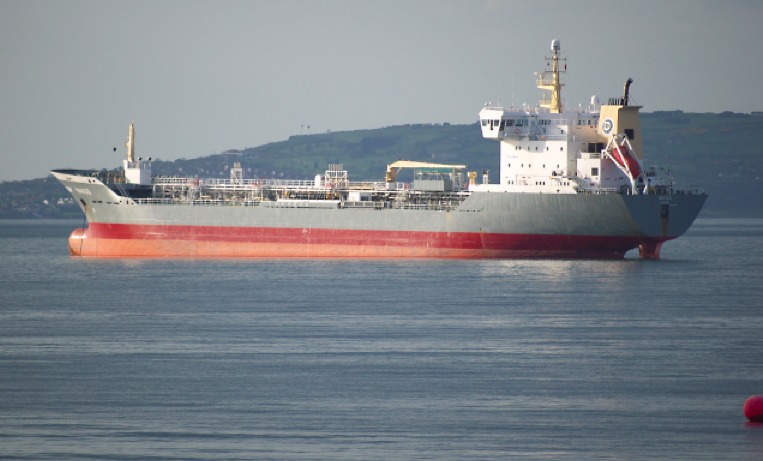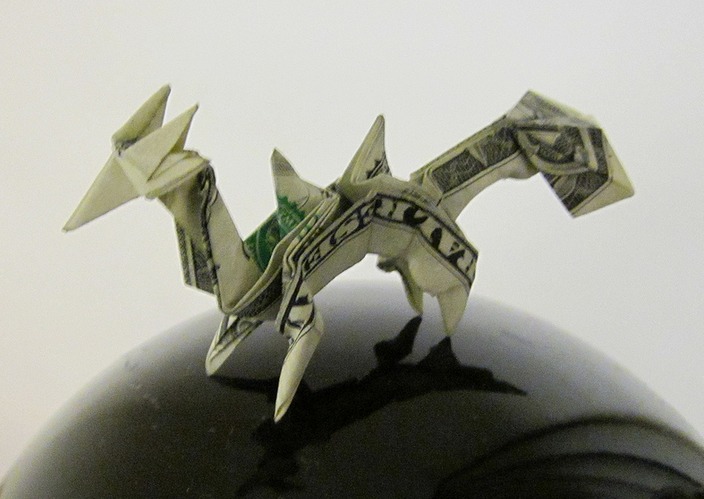Oil is the world’s major energy resource and is normally produced far from where it’s refined and consumed. Because of this, tankers and pipelines are critical infrastructure in the energy value chain.
Companies which supply these energy transportation services are commonly referred to as “midstream” companies because they are in the middle between the “upstream” producers and the “downstream” end product sellers and consumers.

Capital returns
Generally speaking, pipelines are used within a given region whereas tankers are used for trade between regions.
Popular publicly traded pipeline names include Enterprise Product Partners (EPD), Plains All American Pipeline (PAA) and Kinder Morgan Energy Partners (KMP).
However, if you like the 4% distribution available from EPD, the 5% distribution from PAA or the 6% distribution from KMP, you might really like the 11% distribution from Capital Product Partners (CPLP).
Capital Product Partners is a C-Corp. for tax purposes (U.S. investors receive the standard 1099 form and not a K-1 form) which owns and leases out ships, specifically: 18 product tankers, 4 crude tankers, 7 container ships, and a dry bulk carrier.
Product tankers are used to transport refined oil products (gasoline, diesel, kerosene, jet or fuel oil) to the market. They range in size from 5,000 DWT (Deadweight Tonnage) to around 80,000 DWT. One traditional trading route for product tankers is between North America and Europe.
Crude tankers are mainly used for the deep sea transport of crude oil from production sites to refineries. They range in size from 55,000 DWT up to around 450,000 DWT. The main trading routes are from the production areas in the Arabian Gulf and West Africa to China, the rest of Asia, Europe and the USA.
China to Walmart
Container carriers are a relatively new expansion for CPLP. Container carriers transport standardized steel containers throughout the world. These are then typically trans-loaded on to trucks and trains for transport to their final location.
A standardized container may be filled with finished goods from a factory in China, transported via ship, then rail, then truck to finally be unloaded at your local Walmart.
Dry bulk carrier transport bulk items like iron ore, coal or grain from one region to another (example iron ore from Australia to China).
Similar to pipelines, shipping rents have little to do with the short term price of the product being moved. It’s like utilizing a local bridge or toll road, you don’t pay a lower price to cross simply because your car is worth less. The toll taker doesn’t care if you are driving a beat up old Pontiac or a Lamborghini.
Supply and demand for ships, and alternatives of transport available, are what most affects the price negotiated in shipping contracts. These are typically medium to long term contracts signed, in the case of CPLP, with the likes of Hyundai (HYMPF), BP, Overseas Shipholding Group (OSGB), Cosco (CSCMY), or Capital Maritime & Trading Corp (CPLP’s parent management group).
Thanks to the recent fall in oil prices, investors have been indiscriminately selling off oil sector stocks. CPLP has fallen approximately 30% in price over the last 3 months despite having relatively stable revenues.
This has created an opportunity for the informed investor to capture a fairly hefty distribution.
DISCLAIMER: The investments discussed are held in client accounts as of September 31, 2014. These investments may or may not be currently held in client accounts. The reader should not assume that any investments identified were or will be profitable or that any investment recommendations or investment decisions we make in the future will be profitable. Dividends reflect past performance and there is no guarantee they will continue to be paid. Past performance is no guarantee of future results.


